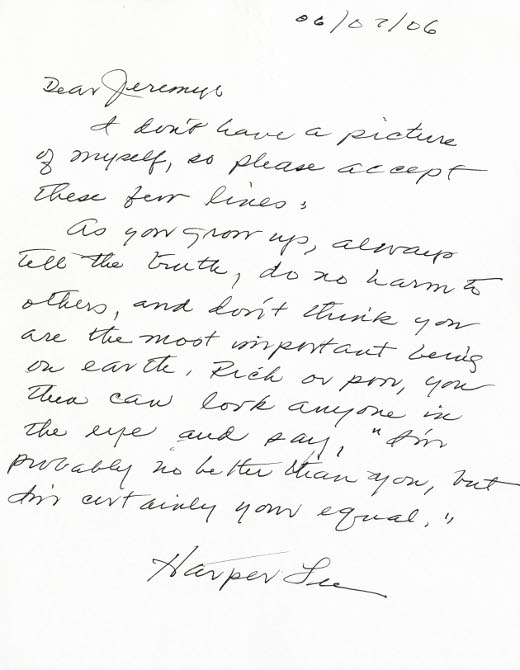If you follow music news, you’ll have read of late more than a couple stories about two former members of two highly influential bands—Jackie Fox of the Runaways and Kim Gordon of Sonic Youth. Fox’s story of exploitation and sexual assault as a sixteen year-old rock star comes with all the usual public doubts about her credibility, and sadly represents the experience of so many women in the music business. Gordon’s numerous stories in her memoir Girl in a Band document her own struggles in punk and alt rock scenes that fostered hostility to women, in the band or no. The discussion of these two musicians’ personal narratives is compelling and necessary, but we should not lose sight of their significant contributions as musicians, playing perhaps the least appreciated instrument in the rock and roll arsenal—the bass.
Members of bands that routinely become the subject of petitions to the Rock and Roll Hall of Fame, Fox and Gordon represent just two of hundreds of women bass players, many thumping away in obscurity and no small number achieving success in indie, punk, metal, and jazz bands, as solo artists, or as sessions musicians. Gordon’s low end helped drive the sound of nineties alt-rock (see her with Sonic Youth at the top), and Fox’s basslines underscored seventies hard rock (with the Runaways above).
Before either of them picked up the instrument, another hugely influential bassist, Carol Kaye, played on thousands of hits as a member of L.A.’s top flight session musicians, the Wrecking Crew. A trained jazz guitarist, Kaye’s discography includes Nancy Sinatra’s “These Boots Were Made for Walking,” the Beach Boy’s “California Girls,” the Monkees “I’m a Believer,” Joe Cocker’s “Feelin’ Alright”… and that’s just a tiny sampling. (See Kaye give Kiss’s Gene Simmons a bass lesson, above, and don’t miss a lengthy interview with her here.)
Kaye could, and did, play almost anything; she is an exceptional—and exceptionally gracious—musician. And while few bass players can match her when it comes to musical range and ability, many share her talent for writing simple, yet unforgettable basslines that define genres and eras. Alongside Kim Gordon’s aggressively melodic bass playing in Sonic Youth, Kim Deal of the Pixies gave us massive 90s alt-rock hooks and, like Gordon, shared or took over vocal duties on some of the band’s biggest songs. (See them do “Gigantic” live in 1988 above.) Although they may not seem to have much in common, both Deal and Kaye mastered the art of simplicity, paring down what could have been overly busy basslines to only the most essential notes and rhythmic accents. (Deal discusses her approach in an interview here.)
Like Kim Deal’s playing in the Pixies, Tina Weymouth’s bass in Talking Heads worked as both a rhythmic anchor and a propulsive engine beneath the band’s angular guitars and synths. (See her awesome interplay above with the band and guest guitarist Adrian Belew during the Remain in Light tour in Rome.) Weymouth not only comprised one half of the funkiest art rock rhythm section in existence, but she wrote what is perhaps the funkiest bassline in rock history with her own project Tom Tom Club’s “Genius of Love.” It’s almost impossible to imagine what the 80s would have sounded like without Weymouth’s bass playing (though we could have lived without her dancing).
No list of classic female bass players will ever be complete—there’s always one more name to add, one more bass riff to savor, one more argument to be had over who is over- and underrated. But it should provoke no argument whatsoever to point toward Meshell Ndegeocello as not only one of the most talented bass players, but one of the most talented musicians period of her generation. See her and band above play “Dead End” live on KCRW. Unlike most of the players above (except perhaps Carol Kaye), Ndegeocello is a highly technical player, but also a very tasteful one. Much of her music flies under the radar, but most people will be familiar with her cover of Van Morrison’s “Wild Nights” with John Cougar Mellencamp and her neosoul hit “If That’s Your Boyfriend.”
Again, this is only the briefest, smallest sampling of excellent female bass players—in rock, jazz, soul, etc. An expanded list would include players like Melissa Auf der Maur, Esperanza Spalding, and many more names you may or may not have heard before. One you probably haven’t, but should, is the name Tal Wilkenfeld, an Australian prodigy who has played with Herbie Hancock, Chick Corea, the Allman Brothers, and Jeff Beck. (See her absolutely kill it in a performance with Beck above from 2007.) Like Carol Kaye many decades before her, Wilkenfeld made her name at a very young age, playing guitar in jazz clubs, and quickly became a highly in-demand player called—at age 21—“the future of bass.” Are there any other women players out there deserving of the title, or of inclusion in a bass playing Hall of Fame? Let us know in the comments, and include a link to your favorite live performance.
Related Content:
Meet Carol Kaye, the Unsung Bassist Behind Your Favorite 60s Hits
Four Female Punk Bands That Changed Women’s Role in Rock
Hear Isolated Tracks From Five Great Rock Bassists: McCartney, Sting, Deacon, Jones & Lee
The Story of the Bass: New Video Gives Us 500 Years of Music History in 8 Minutes
Josh Jones is a writer and musician based in Durham, NC. Follow him at @jdmagness



